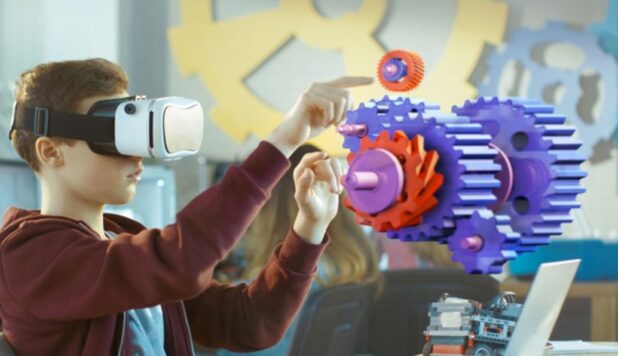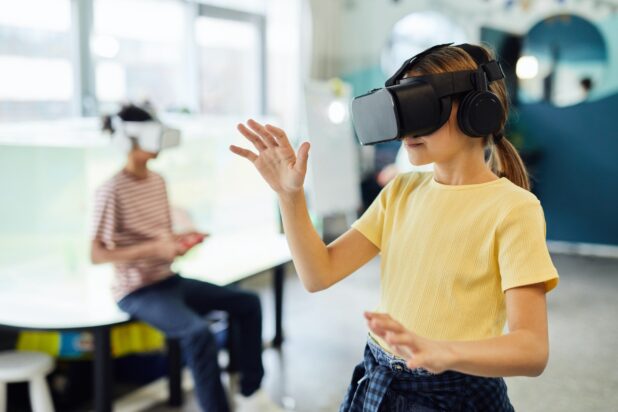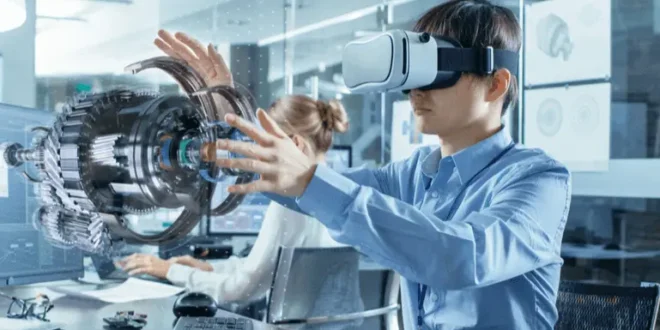It is now possible to create lifelike simulations of real-world objects, environments, and even entire systems thanks to the development of 3D modeling software.
These 3D models have enormous educational potential, particularly in science, engineering, and architecture. The advantages and disadvantages of using 3D virtual models in the classroom will be covered in this essay.
Table of Contents
Benefits of Using 3D Virtual Models in School

Improved Understanding of Complex Concepts
The ability of 3D virtual models to help kids comprehend challenging ideas more interactively and visually is one of their main benefits. To help them understand a molecule’s structure and interactions with other molecules, learners may find it helpful to use a 3D model of the molecule. Similarly, a 3D model of the human body can make it more engaging for pupils to learn about anatomy.
Cost-Effective Alternative
Traditional physical models may not always be as expensive as 3D virtual models. Physical model construction can be costly and time-consuming. Kids can interact with and study 3D virtual models without needing pricey tools or materials. Pupils may find learning to be more affordable and accessible as a result.
Increased Access to Resources
3D virtual models are an invaluable tool for pupils and teachers because they can be accessed online from any location with an internet connection. 3D models are accessible to kids at home, and teachers can incorporate them into online learning environments. The digital divide may be reduced, and all pupils may have more equal opportunities as a result of the increased access to resources.

Limitations in Detail and Accuracy
3D virtual models aren’t always as accurate or detailed as physical models. While they can offer a broad understanding of a concept, they might only sometimes adequately convey the object or system’s level of complexity. This may reduce their usefulness in particular educational settings.
As an example, AR_Book, an interactive learning platform that uses augmented reality and virtual reality to enhance traditional educational materials, is an example of how 3D virtual models can be utilized in education. AR_Book provides an immersive experience for students, allowing them to interact with 3D models and simulations to better understand complex concepts.
Digital literacy is necessary
Digital literacy skills, which not all learners may possess, are necessary for 3D virtual models. This is becoming less of a problem as digital literacy spreads. However, some pupils and teachers may still need help finding it to be a barrier.
Conclusion
The use of 3D virtual models in education, including platforms like AR_Book, has enormous potential to improve students’ understanding of complex concepts and provide cost-effective and accessible alternatives to traditional physical models.
However, the limitations of 3D virtual models, such as their level of accuracy and the need for digital literacy, must also be considered. Teachers should evaluate the advantages and disadvantages of using 3D virtual models in the classroom and determine how they can best integrate this technology into their curriculum to benefit their students.
 World Magazine 2024
World Magazine 2024






